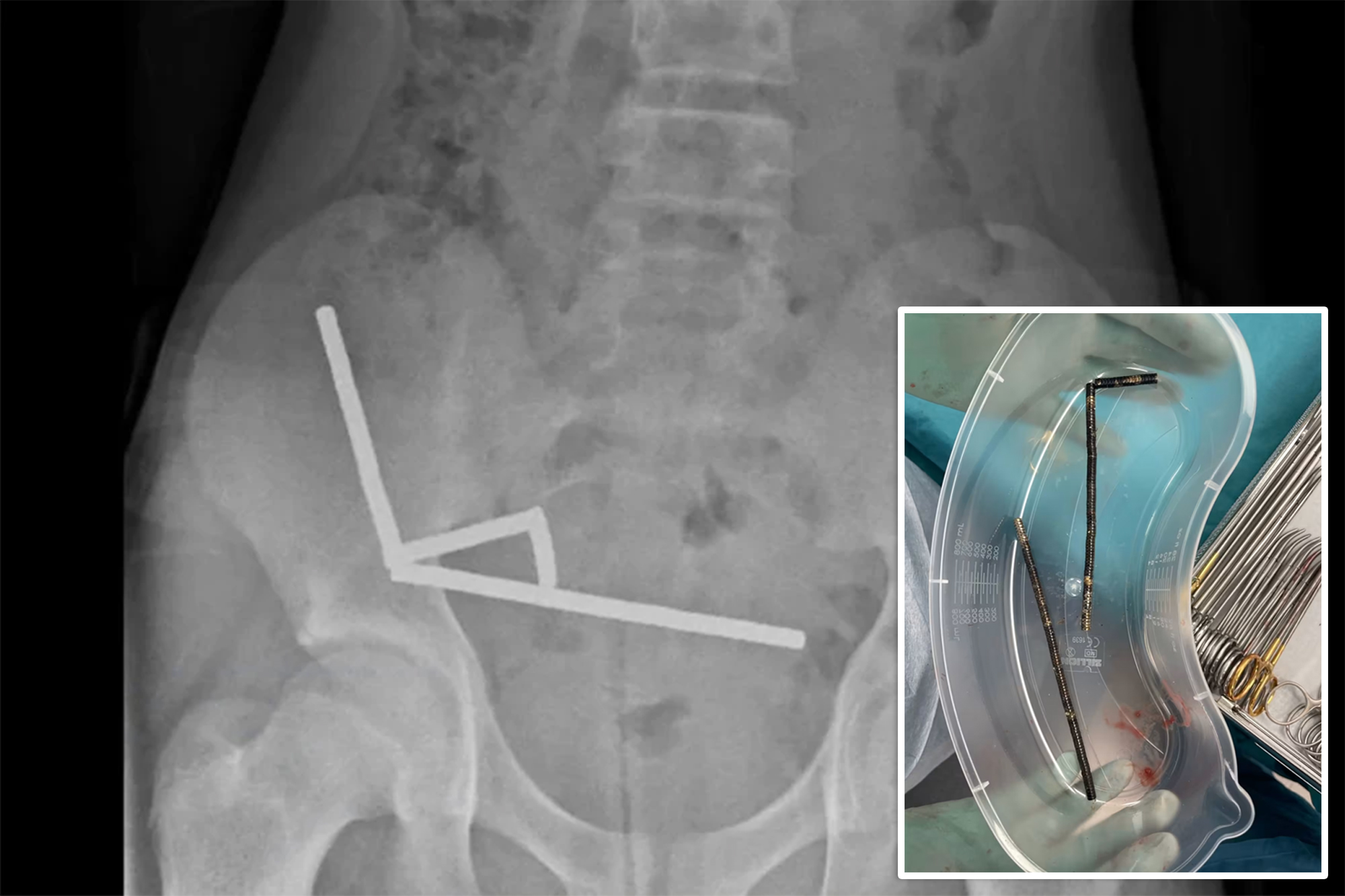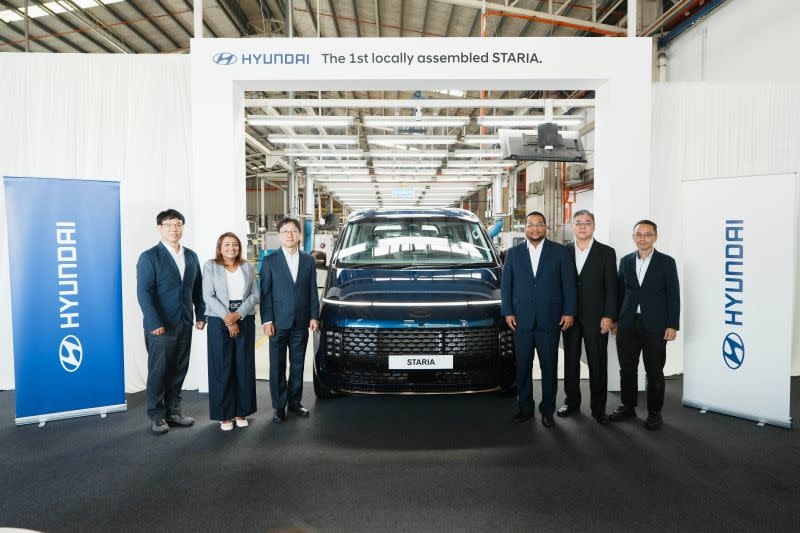A senior military leader has called on industry stakeholders to provide more prototypes for testing during military exercises. Lt. Gen. James Glynn, commander of Marine Corps Forces Pacific, emphasized the need for rapid development to effectively address emerging threats in the Indo-Pacific region. His remarks were made on October 5, 2023, at the AFCEA TechNet Indo-Pacific conference held in Hawaii.
During his address, Glynn highlighted the importance of collaboration between military forces and industry. He urged companies to bring multiple prototypes to exercises, stating, “When you come with a prototype, don’t come with one with the intention to take it home with you.” He stressed that the military benefits from continued interaction with these systems beyond initial testing phases, suggesting that companies should consider leaving some prototypes for further evaluation.
Glynn proposed a model where companies might bring five prototypes, keeping one or two for themselves while allowing military personnel to retain the others for extended testing. “We’ll give you access to all the data that’s coming off of it and we’ll do everything we can to break it with the goal of making it better,” he said. This approach could significantly enhance the development process, as military forces seek to adapt to dynamic operational environments.
The general pointed out that speed is crucial in modern military operations. Forces cannot afford to wait for perfect solutions or lengthy acquisition processes. “Partner with us to fail. Got no problem when it doesn’t work,” he stated, emphasizing the necessity of agility in response to threats. Glynn noted that prototypes can quickly evolve into operational capabilities, which is essential for maintaining a competitive edge.
One notable example cited by Glynn was the Joint Fires Network, a prototyping initiative designed to meet urgent needs for battle management. This project combined various promising prototypes to create a real-time system capable of delivering actionable threat information to both joint and partner forces. Glynn remarked that the initial lack of formal program status did not hinder its utility: “It’s what we’re using, it’s what we’re going to have to use, we have to move at speed.”
Glynn expressed concerns about the trust between industry and military regarding prototype availability and retention. He stated, “What’s my biggest concern? Your ability to provide those prototypes, your trust to leave those prototypes, and our ability to continue to turn prototypes into programs of record.” He stressed that timelines for development and deployment must be measured in weeks and months, rather than years, to address the rapid pace of change in the Indo-Pacific.
As military operations evolve in complexity and speed, Glynn’s call to action serves as a reminder of the critical partnership needed between industry and the armed forces. By fostering an environment where prototypes can be tested and improved, both entities can work together to enhance operational readiness and effectiveness in an increasingly competitive landscape.







